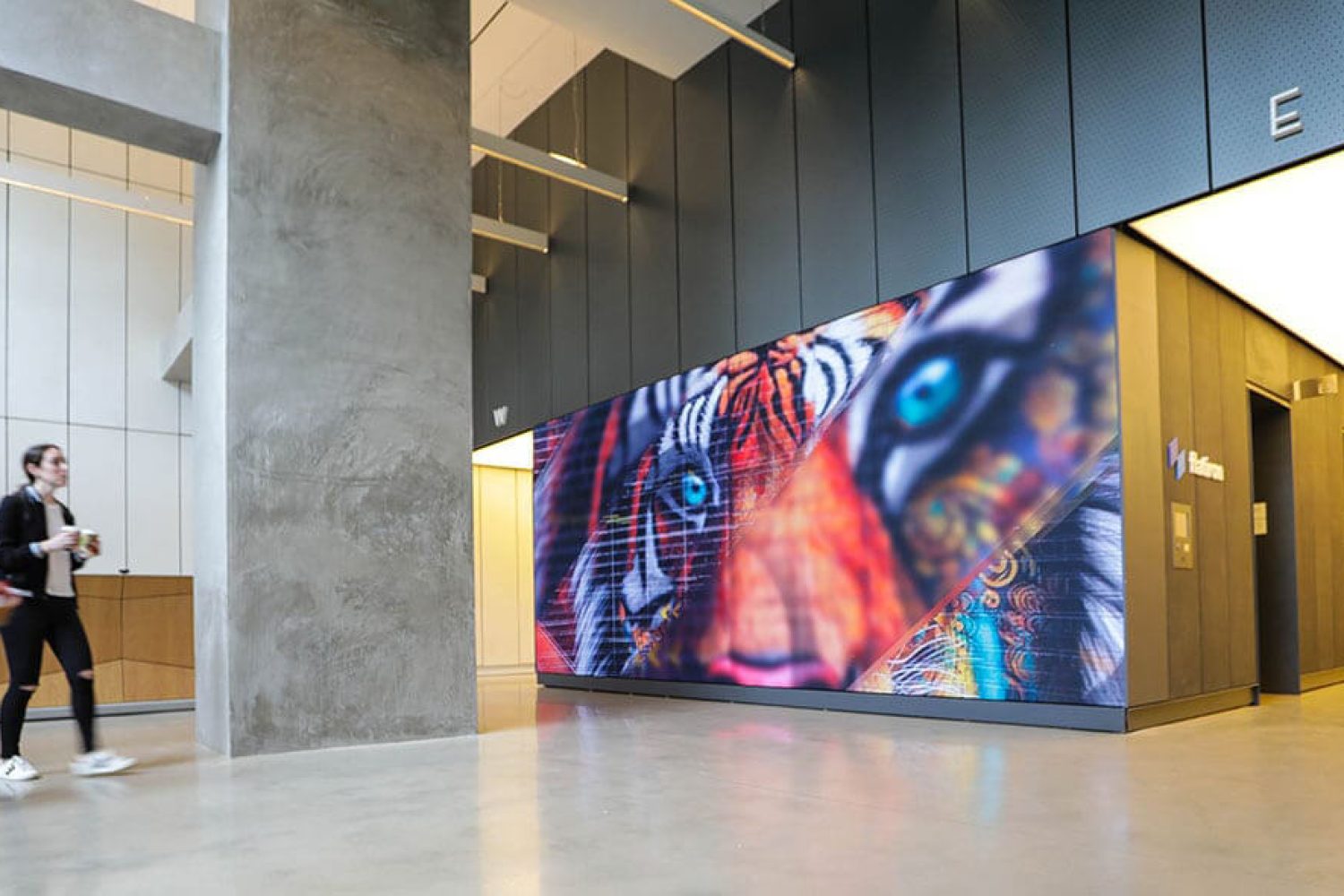Mastering Color Accuracy in LED Display Calibration for Breathtaking Graphic Presentations
Mastering Color Accuracy in LED Display Calibration for Breathtaking Graphic Presentations
Blog Article
Hue accuracy is crucial for producing breathtaking graphic displays, particularly when employing LED walls. These massive displays are frequently found in locations like music venues, athletic arenas, and advertising billboards. When the colors on an LED wall are not accurate, the images can look flat or distorted, which can impact the total impression for viewers. Therefore, perfecting color accuracy in LED screen calibration is crucial for achieving vibrant and realistic images.
The initial step in guaranteeing color precision is understanding how LED technology works. LEDs, or light-emitting diodes, produce light in various colors by combining red, green, and blue (RGB) light. Each pixel on an LED screen is made up of these three hues. When tuned properly, the combination of RGB can create a wide range of hues. However, if one hue is too intense or too faint, it can throw off the entire display. This is why calibration is necessary to balance the colors and achieve the desired graphic result.
Tuning entails modifying the configurations of the LED wall to ensure that the hues shown correspond the initial content as nearby as feasible. This process usually includes using specialized software and hardware instruments. Technicians often use color measurement devices, such as color meters, to analyze the colors being displayed. By contrasting the assessed colors to benchmark color values, visit the website they can make exact modifications. This ensures that the hues are not only vibrant but also uniform across the whole screen.
Another crucial aspect of color accuracy is understanding the environment in which the LED screen is used. Factors such as surrounding light can considerably affect how hues look. For example, a well-lit lit room may fade colors, making them look not as vibrant. To counteract this, technicians may modify the brightness and contrast configurations of the LED screen. Additionally, they may choose specific color profiles that are more suited for different lighting environments. This adaptability helps preserve color accuracy irrespective of the observing environment.
Finally, routine maintenance and recalibration are crucial for maintaining an LED screen looking its best. Over time, the functionality of LEDs can alter due to factors like aging and heat fluctuations. Regular checks and modifications can help guarantee that the colors remain correct and lively. By investing time in proper tuning and upkeep, venues can provide viewers with stunning visual presentations that enhance their overall impression. Mastering color accuracy in LED screen tuning is not just a technical task; it is an art that contributes to the wonder of graphic storytelling.